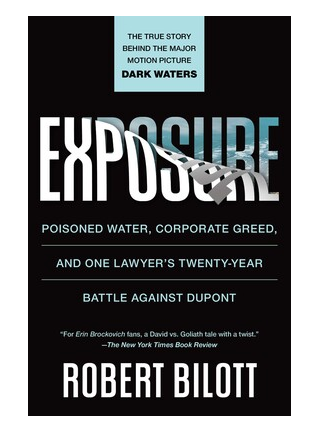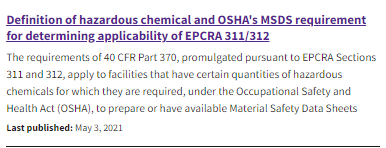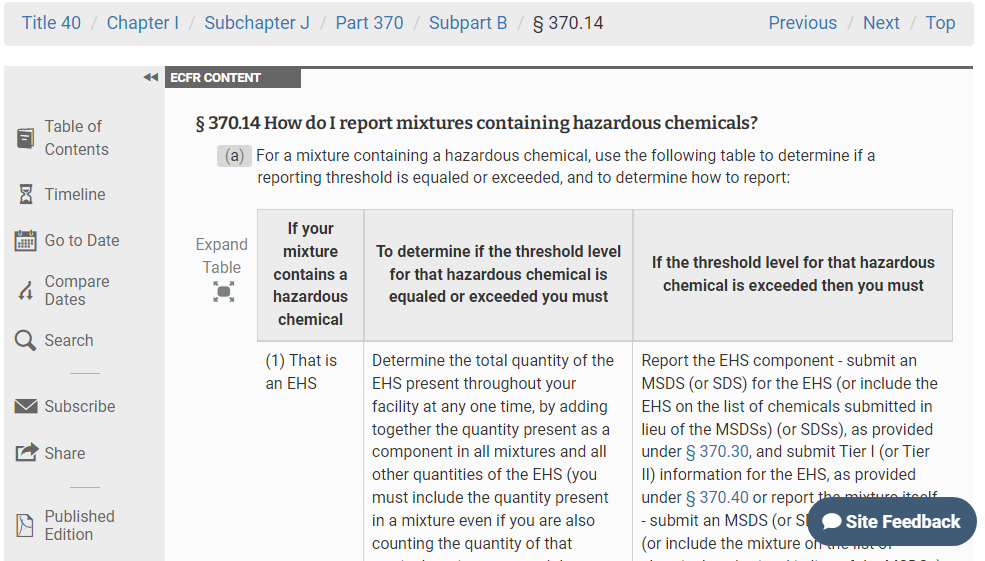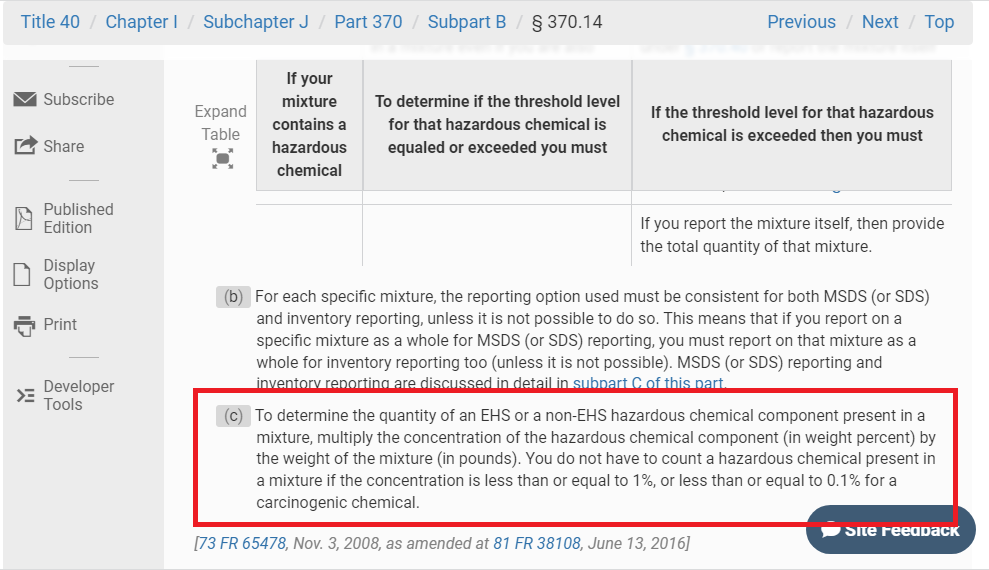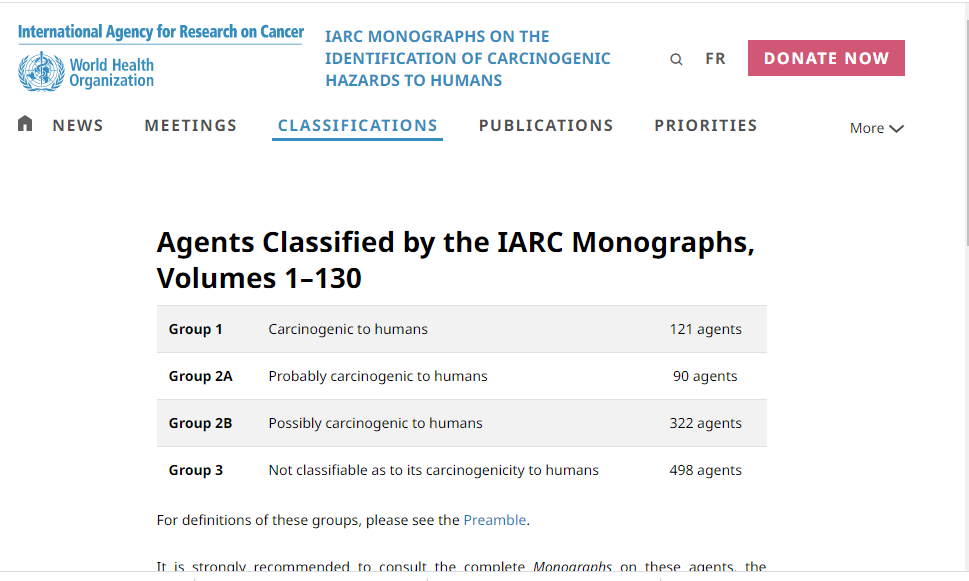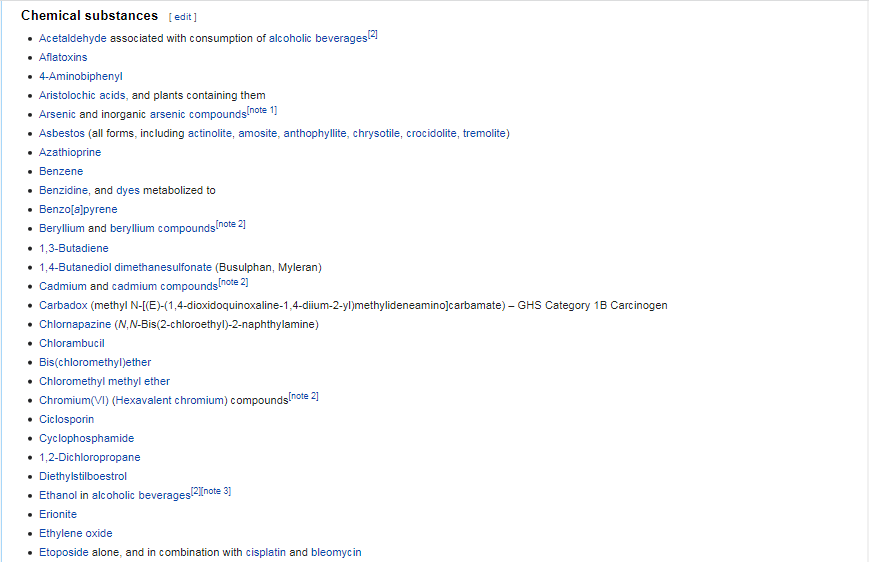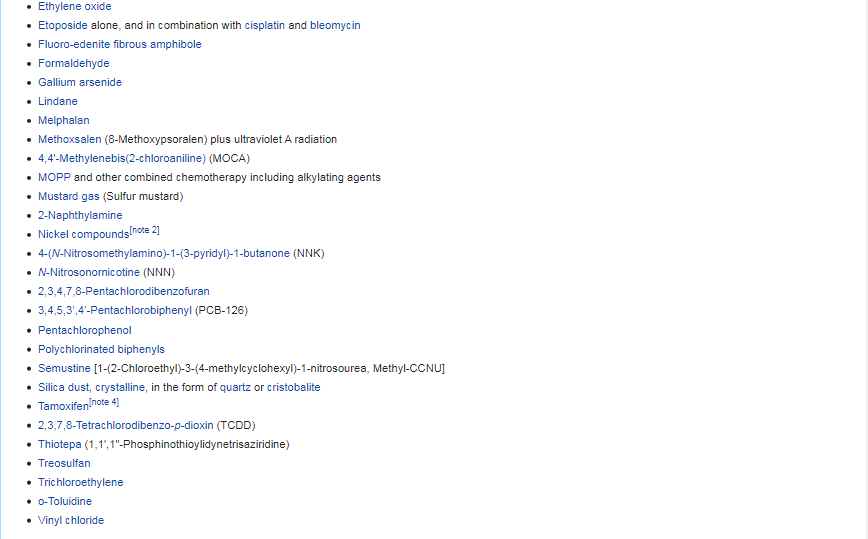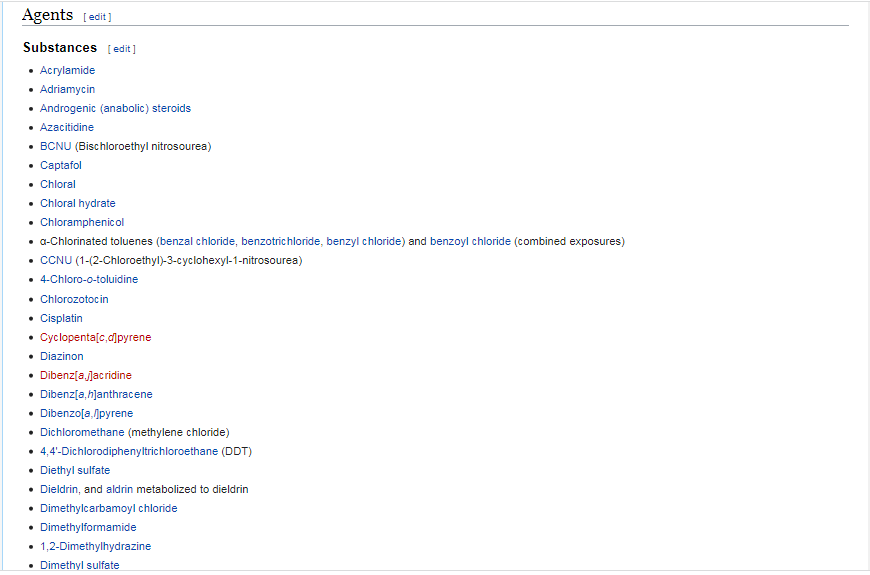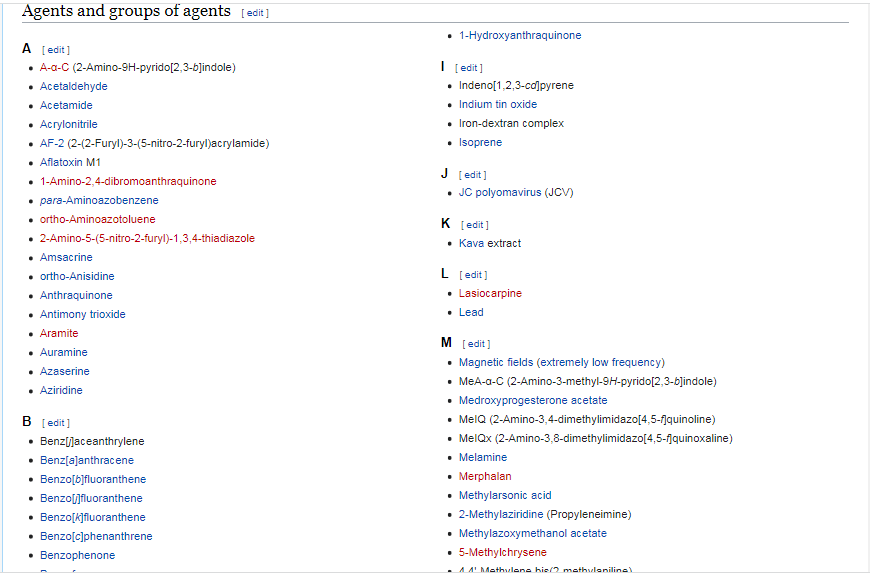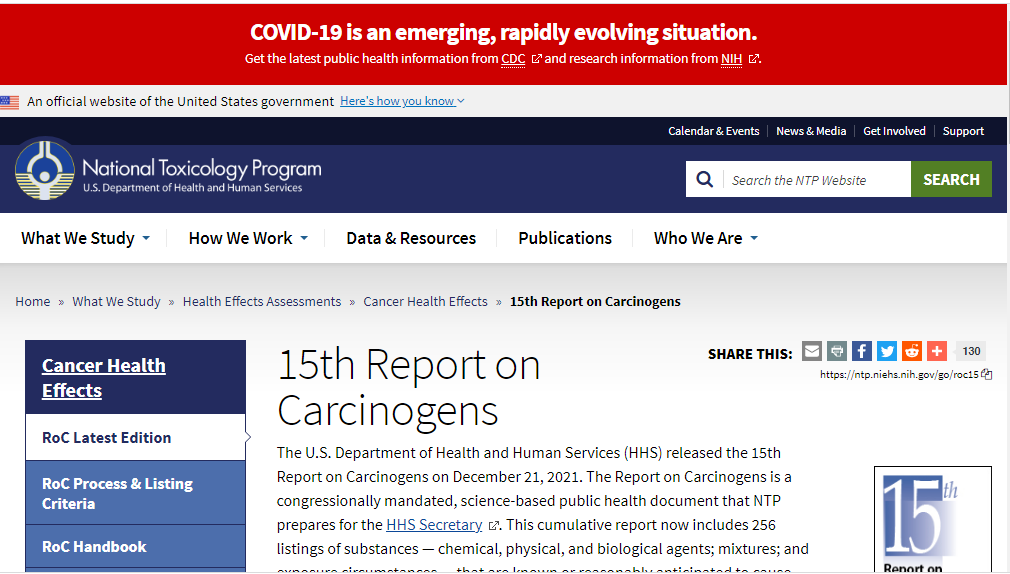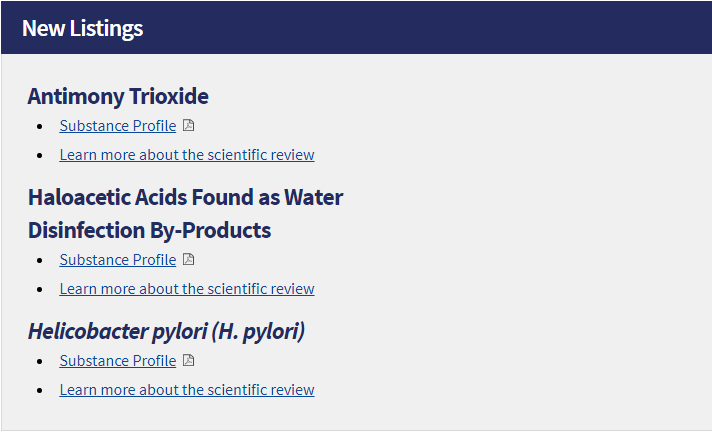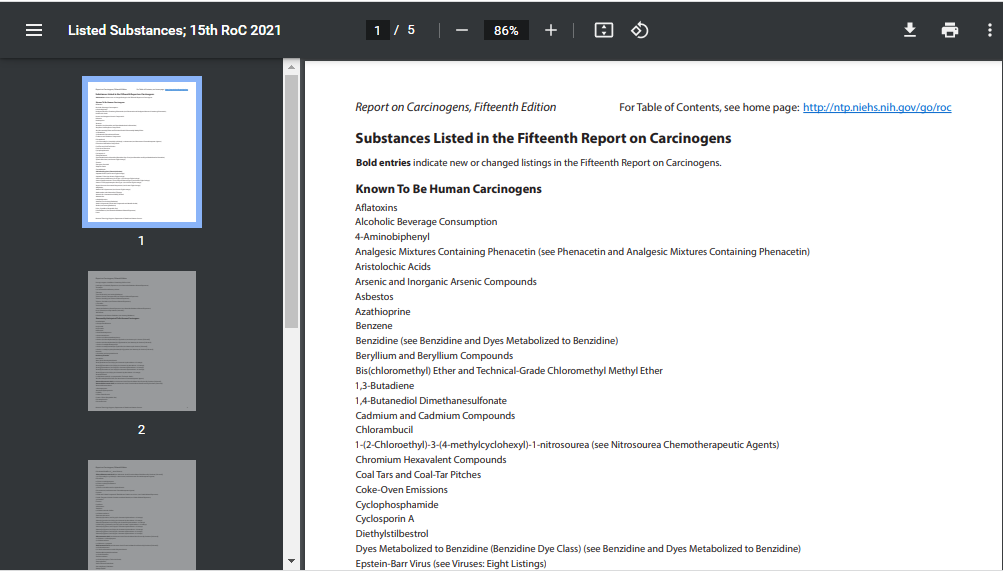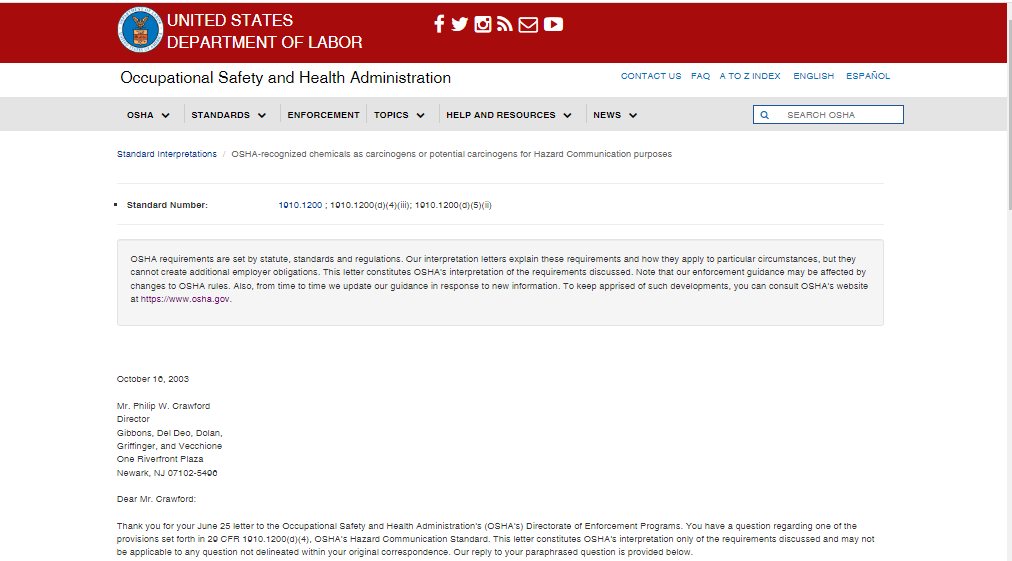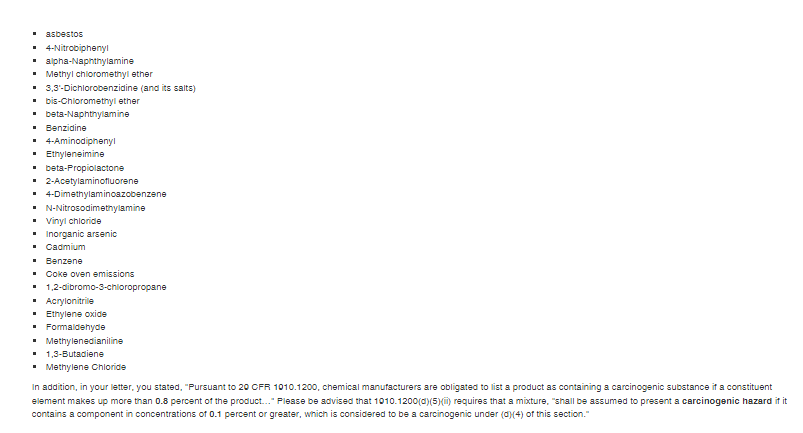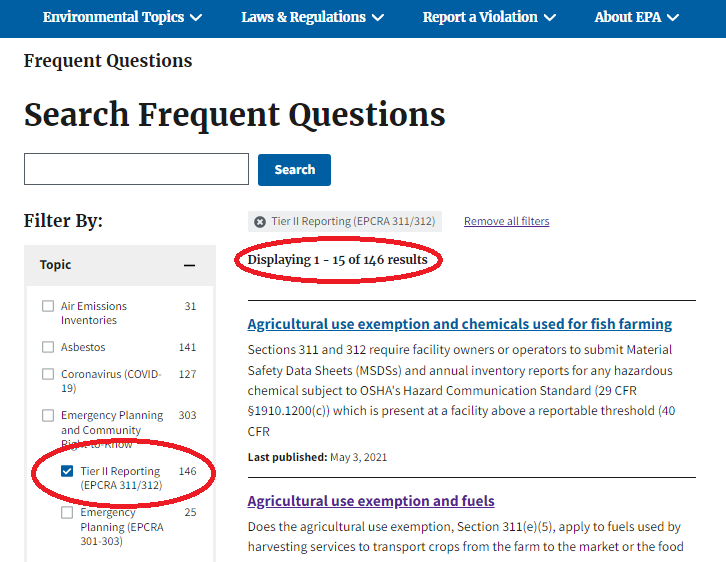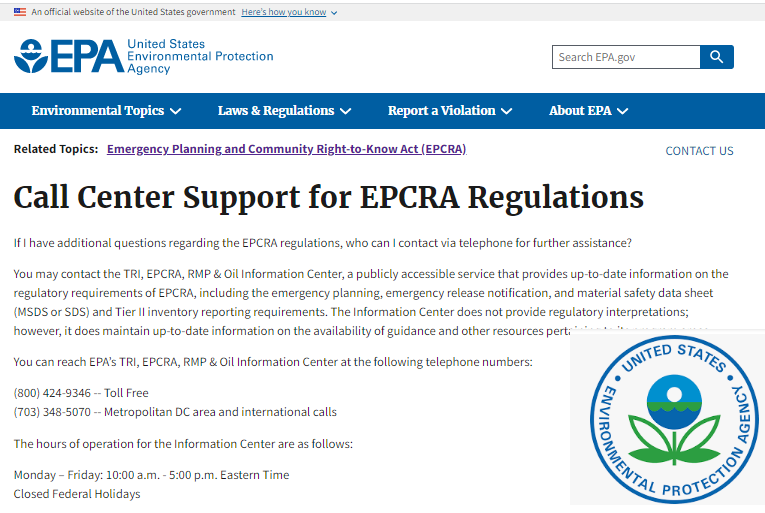10 Days: Carcinogens
Carcinogens impact Tier2 activities in 2 ways…
These media references are going to be polarizing no matter which side of the issue you are on, but vorh are good resources to review either way. I stumbled on them while I was binge listening to Erin Brockovich’s podcast (yes, that Erin Brockovich) “Superman Isn’t Coming” (also the title of her book) at the suggestion of a friend., andheard her interview with Rob Bilott, author of Exposure and the lawyer who prosecuted the cases around which The Devil We Know was created.
And as Perfluoro compounds (PFOA, PFAS, other generic terms for the class of chemicals) have come more and more into the limelight, these two items give might you a unique (it was for me) perspective on the topic.
(BTW, I was able to check The Devil We Know out from my local library at no charge. Exposure was well worth the purchase. As usual, I got the Audiobook version)
Back to carcinogens…long post, but here’s the skinny…
Remember that test they gave you in school where you were supposed to read the entire test before starting (almost no one did), and the last question said “put your name at the top and turn in this test”?
This is the equivalent of that:
If you have Safety Data Sheets for everything and you’re not taking De Minimis reductions in threshold determinations, the rest of this post list is irrelevant to you except as a matter of interest.
There are two situations in which carcinogens impact Tier2 reporting
As it relates to whether a chemical requires a Safety Data Sheet (SDS), which makes it a Hazardous Substance, which makes it subject to Tier2 reporting requirements
When conducting Threshold Determinations, mixtures with consitituents less than 1% or carcinogenic constituents less than .1 percent can be excluded from Threshold Determination calculations.
Both of these then require that you know which chemicals meet the definition of carcinogen according to the Tier2 reporting regulations.
We’ll first revisit 2 resources you saw earlier in this series:
This FAQ gives us 3 sources for determining whether a chemical is a Hazardous Substance requiring a Safety Data Sheet (and so subject to the lower .1 constituent percentage for exclusion from threshold determinations)
any carcinogen listed by the International Agency for Research on Cancer (Groups 1, 2A, and 2B),
any carcinogen listed by the National Toxicology Program, or
any chemical regulated by OSHA as a carcinogen
BTW, since EPA “rounds” numbers, this would actually mean that .049 would be the limit the carconogenic constituent would need to be below in order to exclude it from threshold determinations, since the wording is “less than” and a concentration of .05 would “round up” to .1 (again, I’m not a lawyer. This is a conservative interpretation. We’ll actually address Significant Digits in tomorrow’s post)
The above is the regulatory citation that gets us to the 1% and .1% exclusions for threshold det4erminations
And the above is the specific wording in that citation that is of interest to us
The IARC website was a little unwieldy to try to find the 121, 90, and 322 agents. Wikipedia did a nice job and very interestingly presented. In addition to the Chenical Substances, which I have included below, they have sections for Infectious Conditions, Radiations and physical agents thereof, Complex mixtures/agents, and Exposure circumstances
If my manual count is correct, there are 54 entries in the Chemical Substances list, but you’ll be getting out your Toxics Release Inventory list if you’re looking to apply any of these to threshold exemptsions, since some listings reference “Compounds” (Beryllium and Beryllium Compounds, Cadmium and Cadmium compounds, Nickel compounds),, and others also represent a class with multiple CAS Numbers (Asbestos, all forms, Polychlorinated Biphenyls)
Some of the chemicals were clearly recognizable to me (Vinyl chloride, Benzene). I found it interesting that several chemotherapy drugs were on the list.
Here’s an extract of the list, but I’ll let you navigate to and explore the rest of this on on your own.
Epichlorohydrin, Lead compounds, inorganic, and PBB’s are the 3 chemicals on this list that I was most familiar with.
This list is so long they broke it into columns, here’s an extract
If you’re like me, you’ll recognize a lot of these ones
National Toxicology Program NTP
And HOT OFF THE PRESS, as if you haven’t already had enough of these, here’s the link to the NTP website of the 15th Report on Carcinogens ROC dated Dec 21, 2021.
And an exerpt of this one. No CAS Numbers still. And no comparison to the other lists, sorry.
New listings in this report. Scroll down from the main web page above to see these
And here’s an exerpt from the list. New entries are in bold
Occupational Safety and Health Administration OSHA
Interestingly, the only referece I could find to a list of carcinogens based on OSHA is a letter of interpretation dated 2003
Remember, if you have Safety Data Sheets for everything and you’re not taking De Minimis reductions in threshold determinations, this list is irrelevant to you except as a matter of interest.
If you have Safety Data Sheets for everything and you’re not taking De Minimis reductions in threshold determinations, the rest of this post list is irrelevant to you except as a matter of interest.
More tomorrow, here’s to March 2nd!
And here’s the list from that letter of interpretation
The OSHA information a bit anticlimactic after our journeys above, no?
Remember, if you have Safety Data Sheets for everything and you’re not taking De Minimis reductions in threshold determinations, the rest of this post was irrelevant to you except as a matter of interest.
Consider this a “Roving Reporter” post, if you have better information, please share it in the comments.
More tomorrow, here’s to March 2nd!
Community outreach: Was anything on these lists a surprise to you? Will any of the entries change how you conduct operations at your facility?
#SARA312 #SARATierII #SARATier2 #EPCRA #EGLE #March1EPAReportDeadline #ThresholdDeterminations #ExtremelyHazardousSubstances #EHS #ThresholdPlanningQuanitity #TPQ #EPAFAQ #CERCLAFAQ #SARAFAQ #EHSThresholdDeterminations #SARATier2FAQ #HazardousSubstances #Carcinogens #IARC #IARCGroup1 #IARCGroup2A #IARCGroup2B #NTP #NationalToxicologyProgram #NTPCarcinogenList #OSHACarcinogenList #Exposure #TheDevilWeKnow
EPA Resources: EPA FAQ website link and the EPCRA SARA Hotline
I’m leaving the 2 key sections around getting help on any FAQ posts, how to get into the Tier2 FAQ and the EPCRA SARA Hotline number.
Remember that to Filter for Tier II Reporting only:
you will first need to check Emergency Planning and Community Right to Know on the main page,
which will give you the option to check Tier II Reporting (EPCRA 311/312),
after which you will want to uncheck Emergency Planning and Community Right to Know
so that you see 146 FAQs instead of 303 (the balance of the 303 are unrelated to 311/312)
Another non-intuitive and annoying (to me) feature of the way the FAQ’s work is that if you search, the web page unfilters before searching, so you no longer see only Tier2 FAQs. When you go back, you are still unfiltered.
So be sure to include the term Tier II in your search if you don’t want to expand the search to other (unrelated for now) topics.
I’ve provided both a link to the main (filtered) Tier2 only FAQs, and have included the hyperlinks at the bottom of each FAQ that I highlighted. So you can click those and still be looking at the appropriately filtered FAQs in a separate window if you want.
The number of results may vary as more get added
Link to EPA FAQs filtered for Tier2 only
Below is one of the most useful, where to call for help. In my experience, while you may experience some “on hold” time, the information when you get to a person will be excellent and cross referenced to the particular citations or other resources clarifying the question.
Michigan Environment, Great Lakes, and Energy EGLE links from all three 2022 SARA 312 virtual training course webinars:
I’m reposting these links with my daily Tier2 post because they are so useful.
You can sign in and watch/listen even if you didn’t sign up for the webinar series.
RECORDING LINK FOR SESSION 2: Wed Jan 19, 2022.
Really good example on batteries. This is the “in the weeds” how to conduct your threshold determinations episode: https://attendee.gotowebinar.com/recording/4027906237723673347
I talked to Mike Young, one of the presenters, right after the first webinar. He said that it’s not unusual for them to take phone calls from people from other states (with the warning to confirm that your state doesn’t have differences in their requirements compared to Michigan).
RECORDING LINK FOR SESSION 1:
https://attendee.gotowebinar.com/recording/7957790593170499843
Michigan uses Tier2 Manager for report submission, which is a Michigan-specific program. If your state uses different software, you will need to review its specific requirements.
RECORDING LINK FOR SESSION 3:
https://attendee.gotowebinar.com/recording/2763075340284995085
If your state uses a different software program there may be some differences, but this webinar will probably also cover how to determine the Hazard Ratings, how to enter Locations, and other details associated with report submission. I’ll post the replay when it becomes available.
PRESENTATION: (I wasn’t able to attach a copy of the presentation, email the link below and they will send it to you)
SARA TITLE III – TIER II REPORTING WEBSITE: http://www.michigan.gov/sara
MICHIGAN FACILITIES’ GUIDE TO SARA TITLE III: https://www.michigan.gov/documents/deq/deq-oea-saraguidebook_509720_7.pdf
CONTACT INFORMATION:
Mike Young and Adam Pohl
517-284-7272

